People have been using wool for thousands of years. To this day, most wool produced is used for clothing. But it is also great from much more than that. Its flexibility and durability, combined with its odour and fire-resistant properties, make it suitable for innumerable purposes, both decorative and functional.
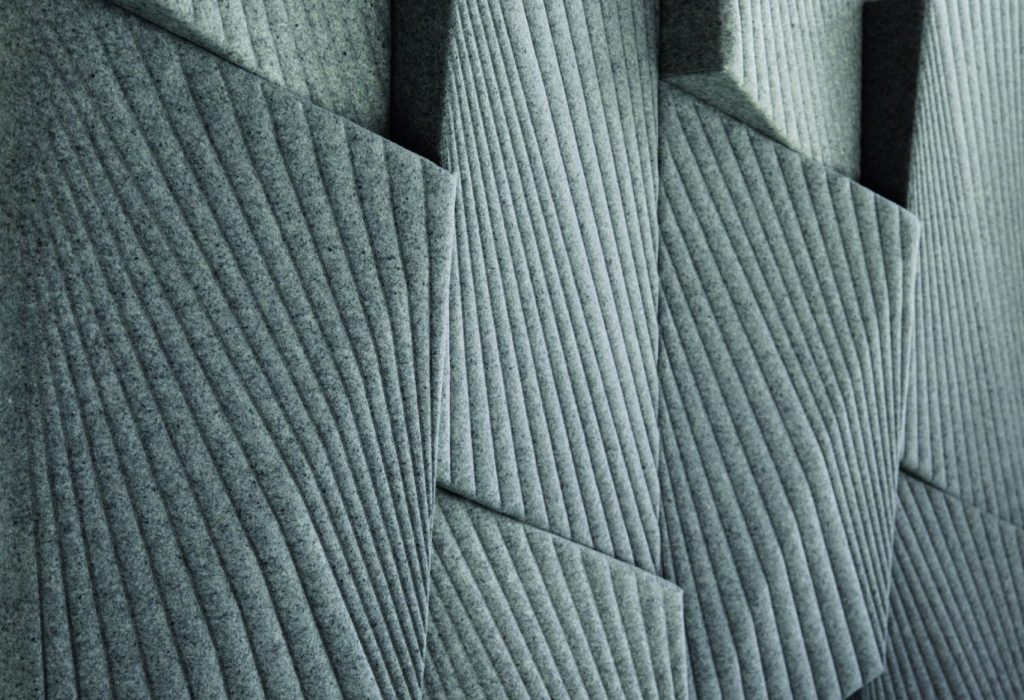
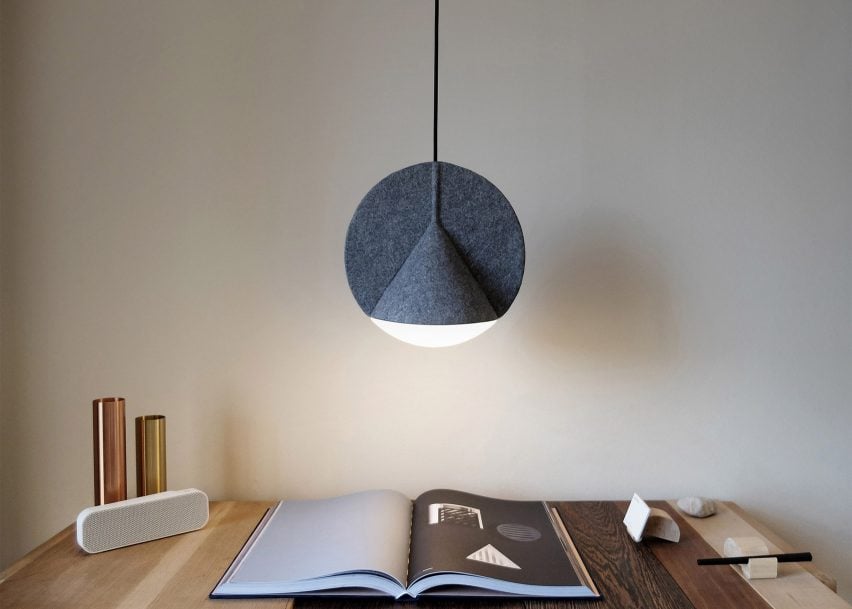
Stamp lamp by Outofstock for Bolia
Design collective Outofstock formed from an international group of designers has used heat-compressed wool felt to create a minimal and elegant pendant lamp that merges two basic geometric shapes. Named Stamp, the look looks like a flat disc bisecting a wide, three-dimensional cone. A white blown glass diffuser sits between the two bulging discs of industrial felt.
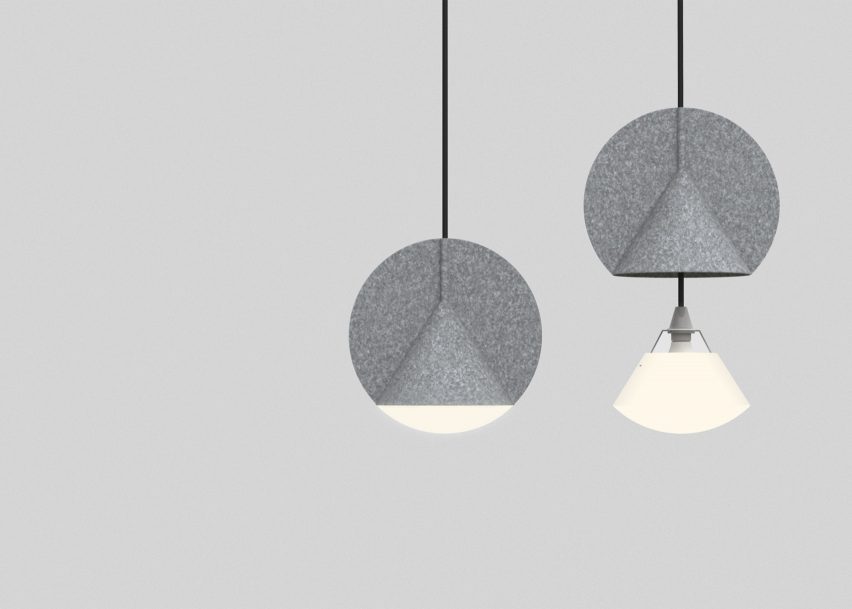
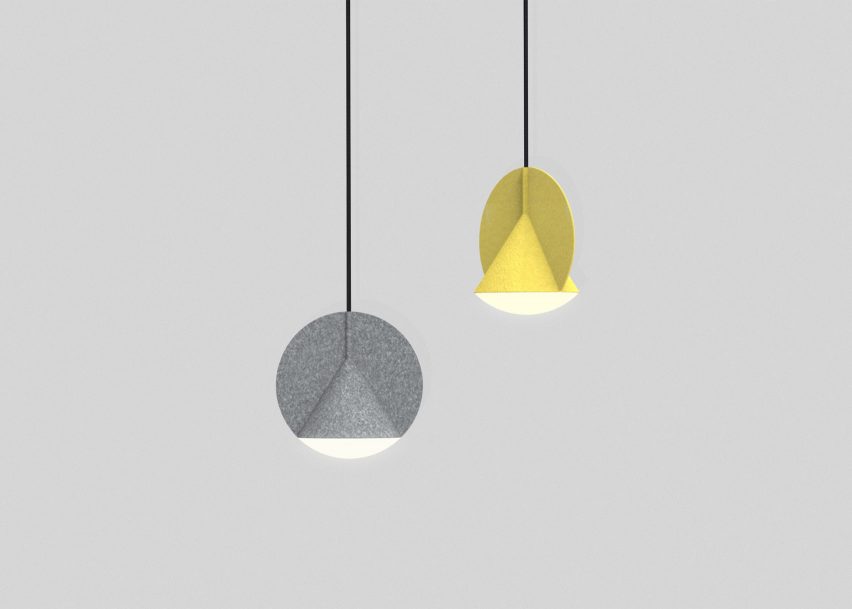
Stamp lamp by Outofstock for Bolia
Merging two basic geometric shapes as the circle and triangle into one single harmonious volume helps create a notably different silhouette depending on from which angle it is viewed. The effect is achieved thanks to the qualities of the material – it is the bulging that completes the shape of the circle.
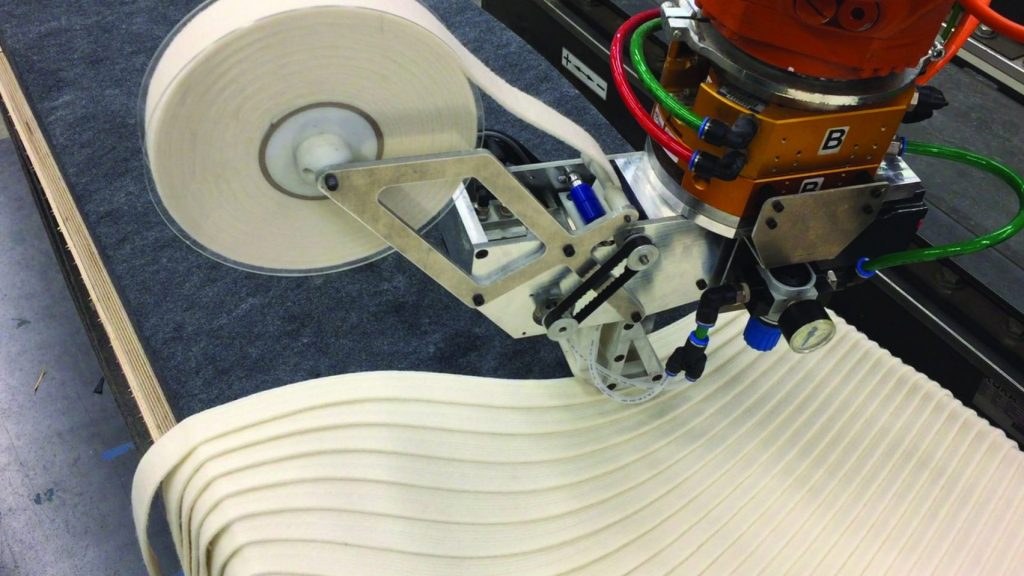
Prototypes by Wes McGee, Tsz Yan Ng and Asa Peller (also header image)
Wes McGee, Tsz Yan Ng and Asa Peller of the Taubman College of Architecture and Urban Planning in the US has enhanced the process of needle felting, where barbed needles punch through the layers, tangling the fibres together. Through the use of advanced technologies, such as the digitally engineered layering of material, the team’s robotic process opens up new opportunities for felt.
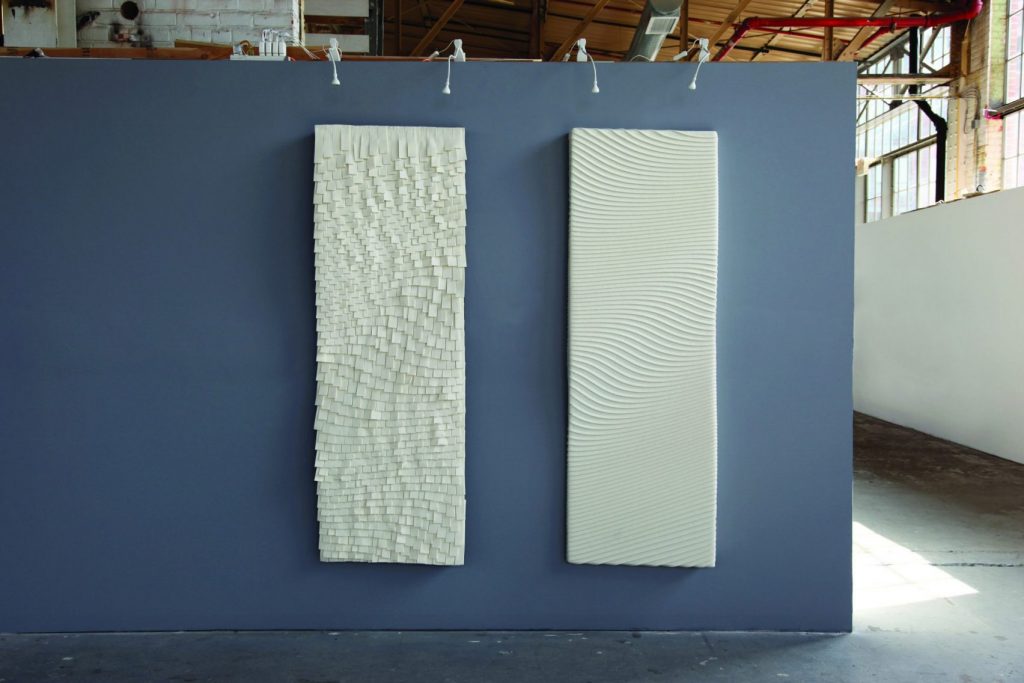
Prototypes by Wes McGee, Tsz Yan Ng and Asa Peller
Just like 3D printing makes possible the creation of more geometrically complicated forms in materials such as plastic, concrete and even living tissue, the new manufacturing method allows for production of felt products in more complex shapes and with sophisticated or customised properties – such as the material being stiffer in certain areas. In other words, the tool felts in three dimensions rather than two, which allows for the production of sculptural elements.
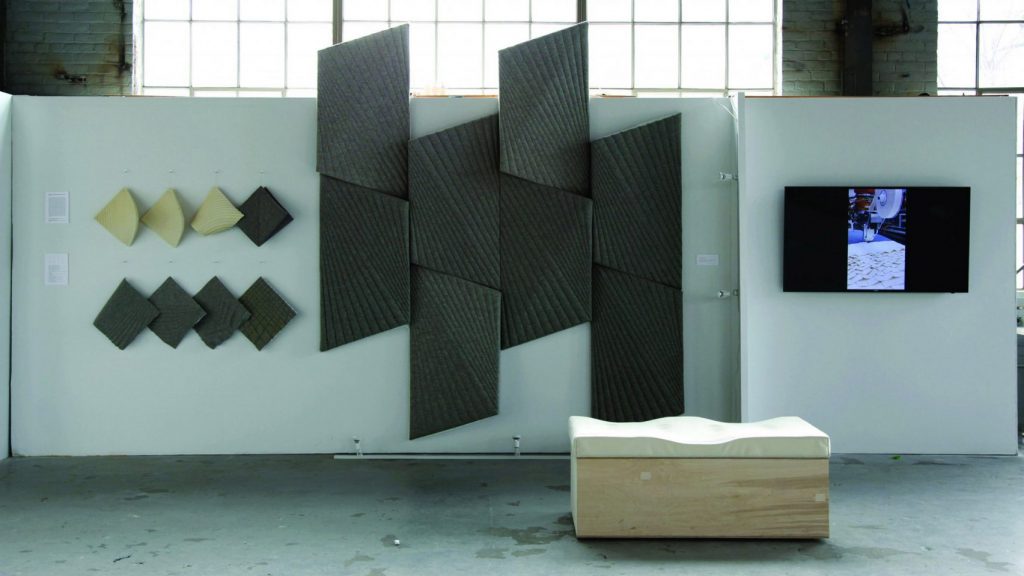
Prototypes by Wes McGee, Tsz Yan Ng and Asa Peller
Because of the material’s sound-dampening properties, the researchers believe the new technology could be particularly useful in the production of bespoke acoustic solutions for open-plan offices. They applied the tool to create several prototype panels as well as a round pouffe.
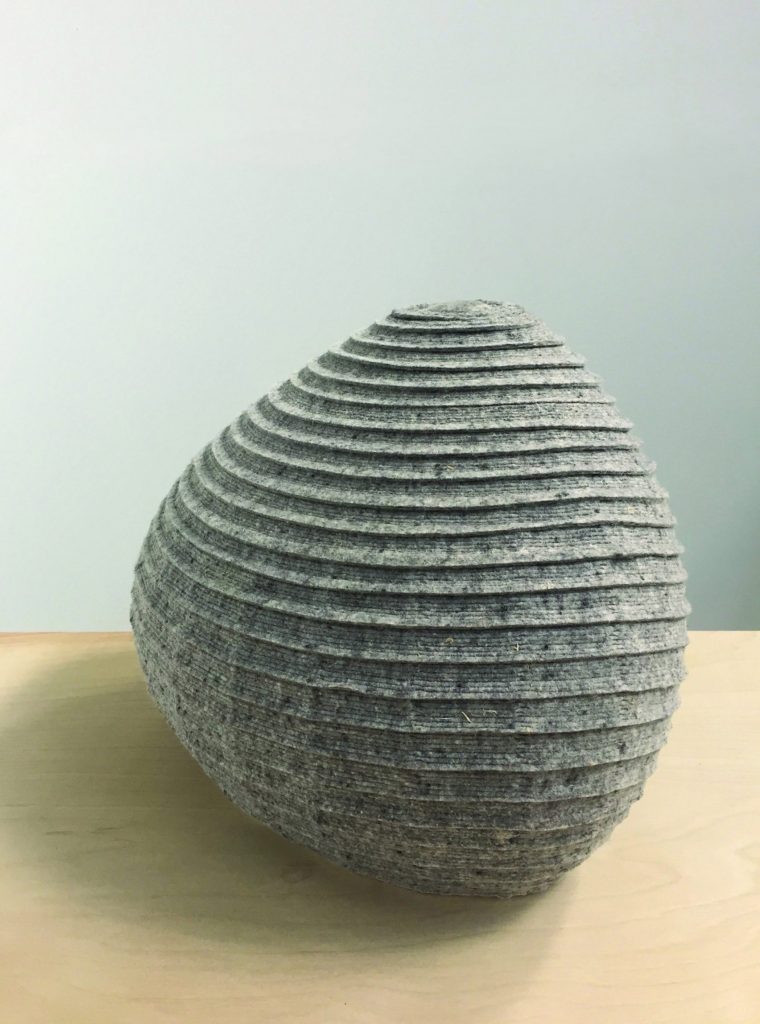
Prototypes by Wes McGee, Tsz Yan Ng and Asa Peller
The prototypes explore three different felting techniques — quilting, shiplap (a method of overlapping commonly used in timber planks) and shingle (with overlapping tiles). According to the team, what this manufacturing process produced was unique in terms of aesthetic experience, efficient in terms of manufacturing, and as a process, scalable to other applications.
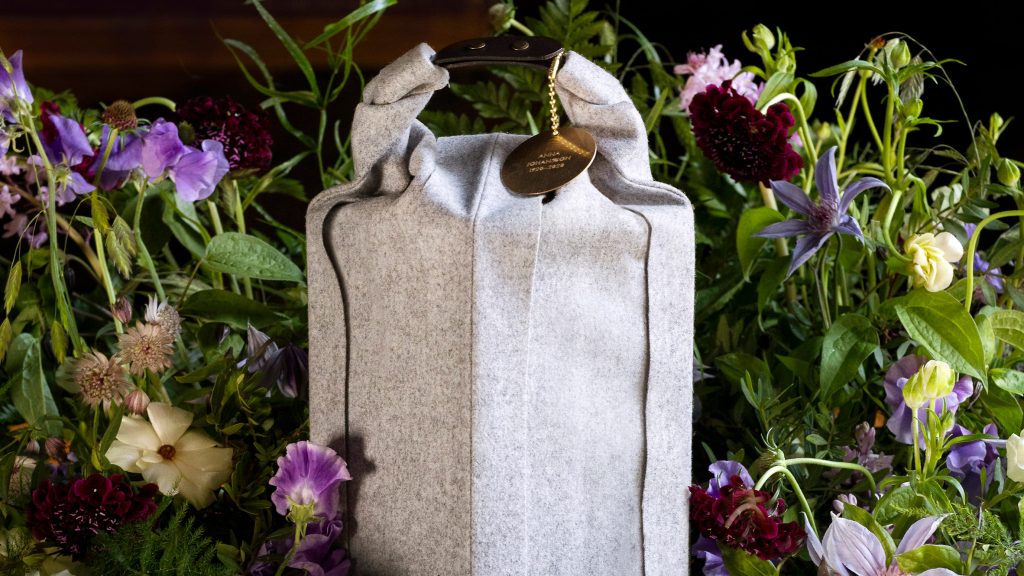
Ocke urn by Claesson Koivisto Rune for Systrarna Ocklind
Commissioned by Systrarna Ocklind, an independent funeral home in Stockholm, Swedish architecture and design studio Claesson Koivisto Rune has used wool to craft an Ocke cremation urn, which is designed to biodegrade almost entirely in a matter of months. The studio sees a comforting symbolism in the fact that everything goes back to the earth 100 per cent.
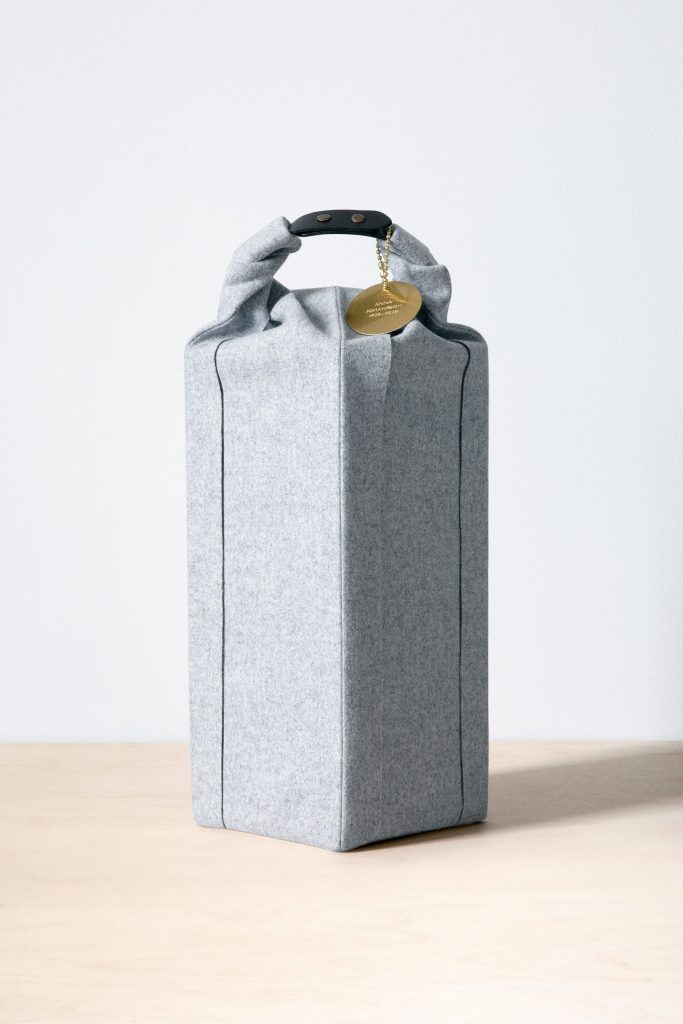
Ocke urn by Claesson Koivisto Rune for Systrarna Ocklind
With this project, the team pays homage to the ages-old traditions and symbolism. Wool is a natural fibre that has been used to warm humans throughout history, with the unique ability to hold warmth both when dry and moist. In the meantime, textile burial cowlings have been used for bodies and caskets since the beginning of history.
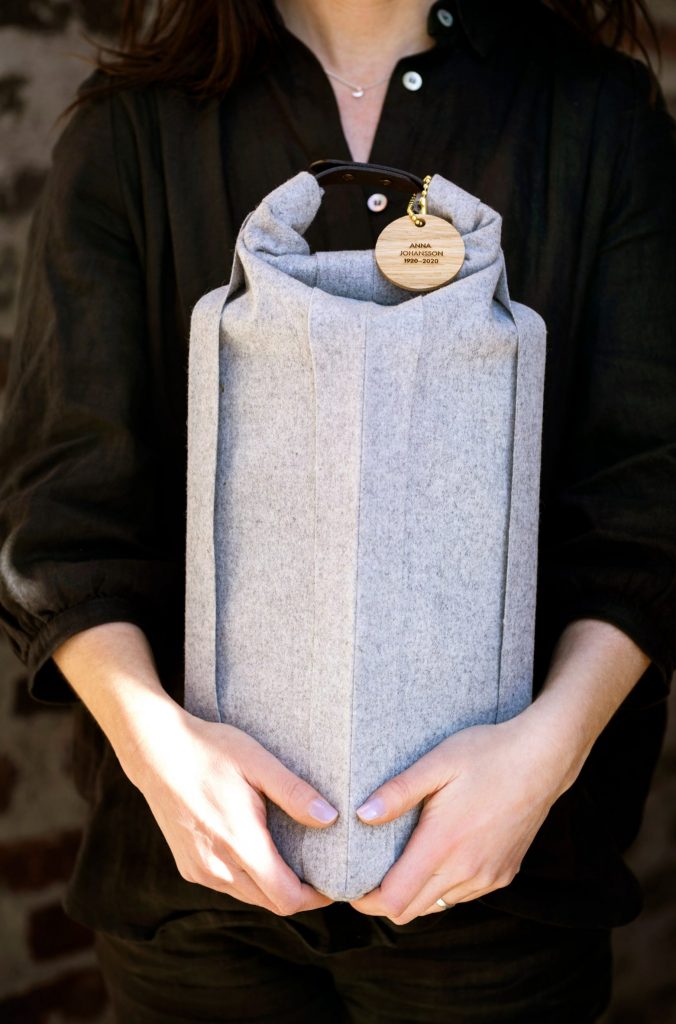
Ocke urn by Claesson Koivisto Rune for Systrarna Ocklind
In Sweden, the ashes of the deceased are generally collected in a bag and delivered to the funeral home in a recycled cardboard box in accordance with tradition and regulation. The box is then discarded after the ashes are transferred to an urn traditionally made from ceramic or wood, which is buried in the ground.
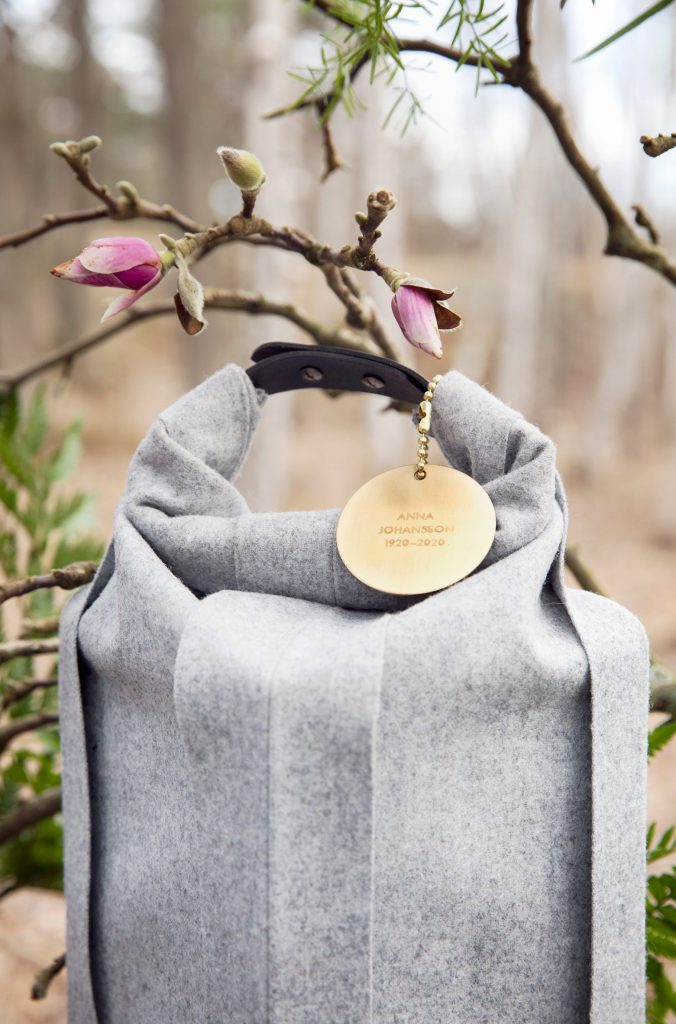
Ocke urn by Claesson Koivisto Rune for Systrarna Ocklind
Instead, Claesson Koivisto Rune suggests fitting the woolen urn around this cardboard box like a “kind of shroud” in order to prolong the packaging’s useful life. The product is sewn together from sections of woolen fabric, with the connective seams left exposed. These serve as decorative features, creating a “ribboned effect” that lends the urn a softer appearance, while the material itself creates a warmer feel. All this is important because even though these burial urns are intended to be buried in the ground, they are held by the bereaved prior to that.
The urn also features a closure made of vegetable-tanned leather that can be looped to form a handle and used to lower the urn securely into the ground.